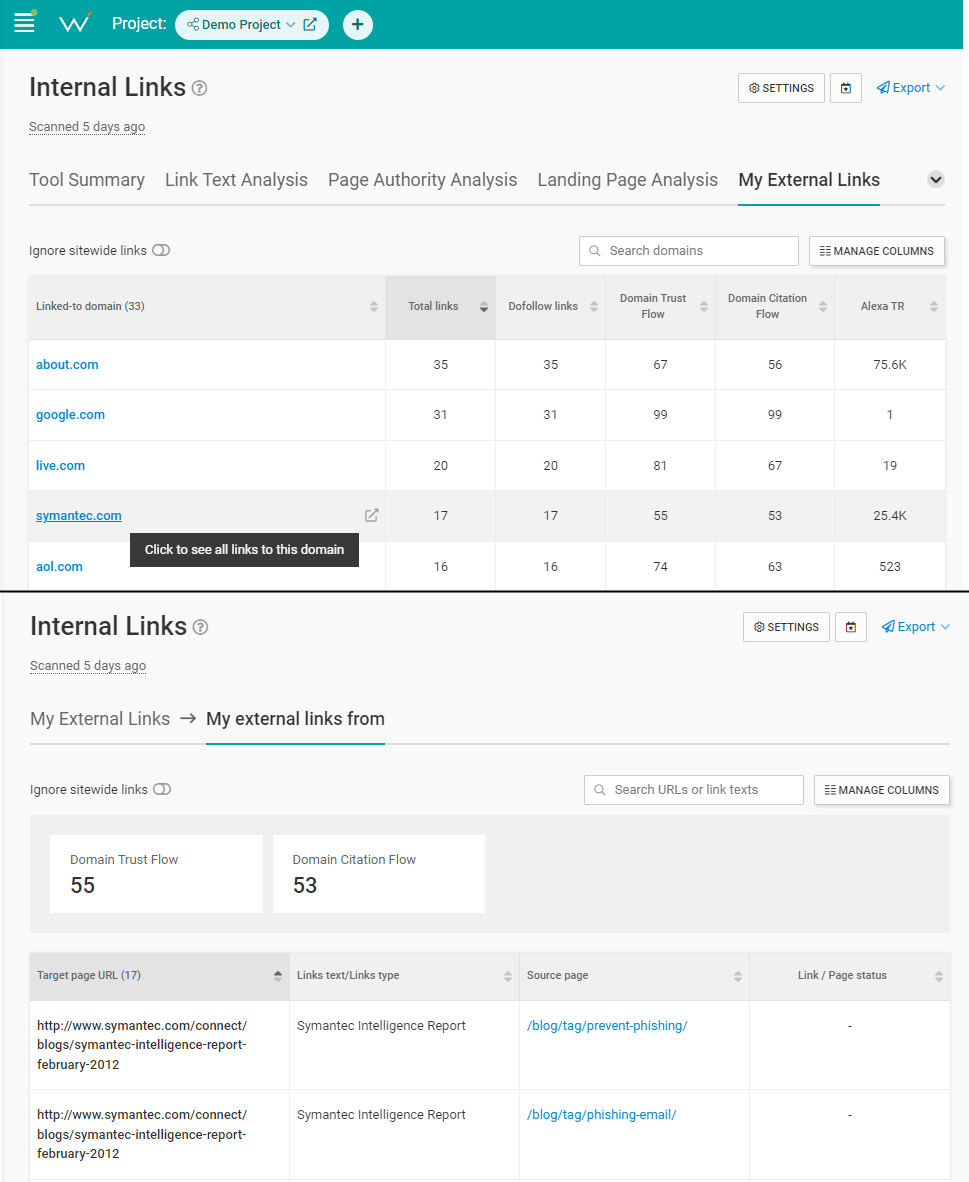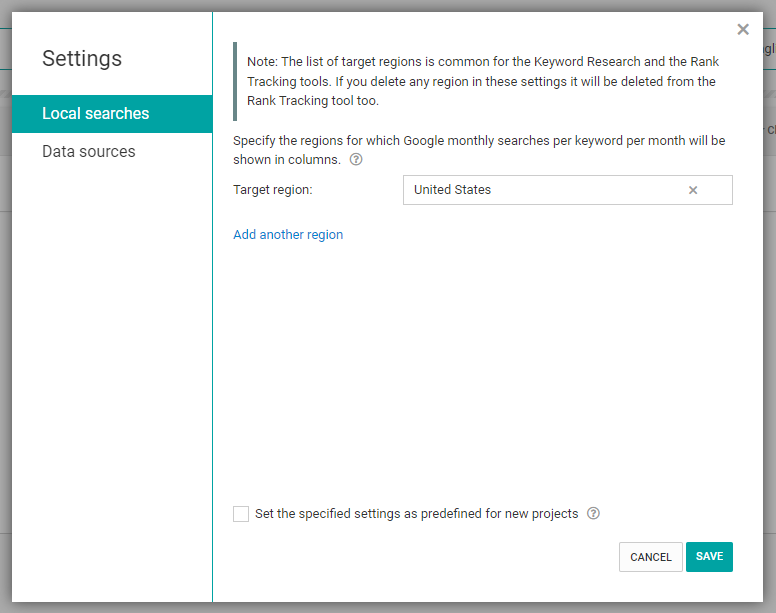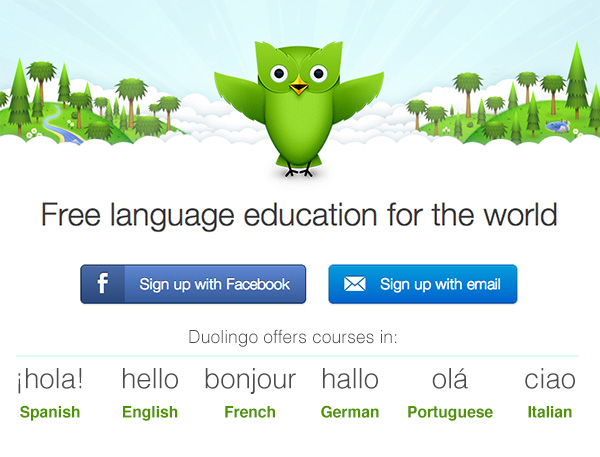
Business owners and bloggers, veteran marketers and greenhorns – everyone is eventually overcome with the desire to step outside of their boundaries. Sometimes the step they make is larger than usual, and they decide to go global. They look at another country on the map and think to themselves, “Look at all those people who don’t know yet that they love what I have to offer!” And then they start working on earning that admiration.
Can you relate? If you are an ambitious Internet marketer and are interested in global SEO, then this post is for you. In order to give you a helping hand, we have prepared a number of dos and don’ts to heed for a successful international SEO strategy.
What benefits does international SEO have?
Obvious rewards for expanding over to other countries include:
- New customers
- Greater profits
- More backlinks and traffic
- Higher rankings for your site
Then there are more interesting upsides that might not be as obvious.
- You can find less costly opportunities for your business. Prices aren’t the same in different countries; you may stumble upon a cheaper and less competitive market. Your competitors may never have thought of even trying to compete in another market such as for those who expect a product or at least its packaging to appear in their language. In fact, this could be the main factor in how you choose a country to target.
- More customers mean more feedback. A pool of new ideas for improving your business could be waiting for you.
There are two ways to approach international SEO:
- Launch a campaign aimed at another country and
- Launch a campaign aimed at an audience speaking a different language in your own country.
These ideas are similar in many ways, but there’s less work to do with the latter. Once you’ve finished reading the list below, it will become apparent which steps you can skip (and which you can’t do without). Let’s begin.
1. Choose the right URL structure for you
It shouldn’t be a secret to you that country-specific top-level domains (like .uk, .de, .fr) are a thing. This should be enough of a clue that a site’s URL can be a significant part of an international SEO strategy. And indeed it is. There are several different URL structures to choose from, and not all of them may be helpful to you, so choose wisely!
Here are your options:
- A country code top-level domain, or ccTLD (e.g. example.de). It’s the easiest way to rank locally, and you won’t have to worry about a strain on your crawl budget, but it’s a separate domain that will have to compete for rankings with your primary site. It can also be costly. Recommended for brands which already have a strong online presence and will easily attract a new audience.
- A different domain (e.g. examplede.com). It may be cheaper than a ccTLD, but it won’t rank locally as well and it will compete with your primary site. On the other hand, your crawl budget won’t complain.
- A subdomain (e.g. de.example.com). It’s easier to maintain than a ccTLD, but the flow of link equity to and from the root domain might not go smoothly.
- A subdirectory (e.g. example.com/de). All internationalized content is placed in a subfolder on your domain. This is the most balanced option with no major strengths or weaknesses.
- NOT RECOMMENDED! A generic top-level domain (gTLD) with language parameters (e.g. example.com/?lang=de). A parameter at the end of the URL will direct visitors to a translated version of your content. However, pages with parameters aren’t always indexed, which may be the reason why Google advises against this option.
And here’s something else you absolutely must not mess up. When you interlink your pages, do not accidentally link to another page in a different language (unless necessary). For example, if a user is visiting your German page, you don’t want them to end up on a French page by mistake.
To find these wrong links, run your domain through WebCEO’s Internal Links Analysis tool and check the report called My External Links. Click on the link representing a different version of your domain…

And find the pages from your primary domain. If you see any pages that shouldn’t be linking to your translated domain, pay them a visit and remove those links.
2. Use the hreflang attribute in your code
Once you have translated pages on your site, you can easily let search engines know what languages you are using by implementing the hreflang attribute in your HTML code. Here’s an example:
<link rel=”alternate” href=”http://example.com/de” hreflang=”de” />
This tag is recommended for use regardless of how much content on your site is translated (all of it or just the navigation, while the rest might be user-generated). The value of the hreflang attribute identifies the language and optionally the region of an alternate URL, so make sure to get it right! Our example has “de”, which means German content independent of region, but if you want to target a German-speaking audience in Spain, you’ll need to use “de-ES” instead. Refer to the list of language codes and the list of region codes to pick what suits your situation and then double-check to make sure your combination is valid.
3. Find keywords through local search
Keywords are the foundation of SEO. When you translate your content, the keywords will inevitably be translated, too. Otherwise you might find yourself trying to rank in China for English keywords – an attempt guaranteed to put a smile or two on people’s faces.
If keywords are what you need, WebCEO’s Keyword Research tool is always ready to serve! Simply go to the Settings and select your Target region.
4. Build links from and to local resources
Link building is another major aspect of SEO. If you manage to earn links to your internationalized content from local resources, you’ll become more visible to your new audience and more trustworthy (especially if you link back to local resources, too). Also, search engines like to see a diverse link profile on a website.
Take a look at your competitors’ backlink profiles – they are the best place to find new sites for link building.
5. Research ways to rank in local search engines
Not all search engines have the same ranking algorithms as Google. When targeting a country, do your research on its own search engines and what kind of SEO strategy they approve of the most. For instance, China’s Baidu requires websites to have an Internet Content Publishing license before they even get a shot at ranking high, and there are many more recommendations. Other search engines will have their own rules.
6. Take culture, customs and currency into consideration
Our Earth is a beautiful place thanks to all the different people and various cultures around the globe. But when you aren’t considerate of the differences between us, it can lead to all sorts of unpleasant situations. Invest some time in researching your target countries’ customs and culture. It might just save your business from a catastrophe!
Also, if you sell products or services, consider using the target countries’ currency in your translated content. It will make doing purchases for visitors from other countries so much easier.
7. Don’t use flags as a substitute for languages
It is wise to separate languages from countries. For starters, many countries share the same language. English is the official or primary language in over 50 countries; is it really okay to use the Union Jack or the Stars & Stripes if you want to target an English-speaking audience in, say, Jamaica? In addition, many countries have multilingual populations; do you mean English or French when you put up a picture of the Canadian flag?
The best way to avoid this confusion is to simply use languages. Write English, Deutsch, Français in the language selection menu – and every person speaking those languages will understand what to do. I like this particular example from Flags Are Not Languages:
Use flags when they are meant to represent countries specifically. Do not use them when you are aiming at an audience speaking a certain language.
8. Don’t use the “one site layout and UX for all” strategy
What one audience prefers may not be received so well by a different one. This is true when language is involved, as well. Here’s the simplest thought experiment. Would your website look as good as it does at the moment if you translated it into Arabic or Hebrew and all text became right-to-left? On certain website layouts, it might become uncomfortable to read. The user experience is an important SEO factor; remember to include it in your international SEO strategy, too.
Take your site’s layout into account before you release a translated version. Consider researching other sites in the language you need as references. Your visitors will be grateful.
9. Don’t auto-redirect to a translated version of your site
Some websites detect their visitors’ IP address, use it to determine their location and automatically redirect them to a page translated into the language spoken there. This practice is flawed in many aspects, which is why you shouldn’t use it.
What is wrong with auto-redirects?
- IP detection and determining the location can both be inaccurate.
- Even if they are accurate, the user might not be able to speak the automatically chosen language.
- Some countries are multilingual (leading to the same problems as “flag instead of language”).
- Redirecting makes it difficult for search engine crawlers to index your site’s pages.
- Redirecting adds to the page loading time.
Don’t decide for users. If your site needs to have the country detection function, give them an option to switch languages instead. For example, an unobtrusive interstitial that is easy to dismiss will accomplish the task just fine.
10. Don’t use machine translations
Automatic translations have been improving, but they are still too far from “good enough”. They can neither satisfy visitors, nor are they safe enough to use on your site. Google easily spots automatically translated content and promptly marks it as spammy.
Leave translating to humans. A real, competent translator is an invaluable asset in any global SEO strategy (bonus points if they are a native speaker). Hire as many of them as you need, it’s an investment worth its weight in gold. Keep in mind that your foreign customers and resellers will often translate your content for free, especially if a discount or more business incentivizes them.
Wrapping up
The Internet is truly one of mankind’s greatest inventions. It allows you to conquer the world without any violence. To make it happen, don’t forget to keep track of your progress.
Monitoring incoming traffic is an unquestionable necessity in every SEO campaign, and when it arrives from several countries at once, it must be analyzed separately. That way, you’ll be able to notice and tend to issues no matter where they find you. The above are simple solutions for global scale problems!




